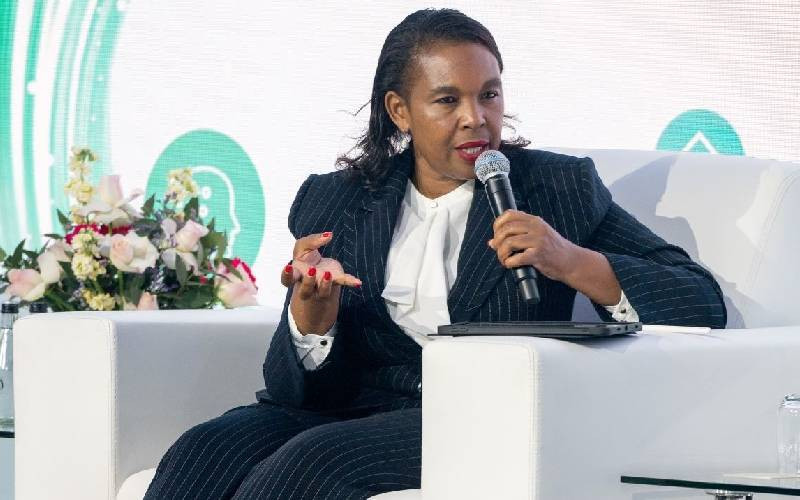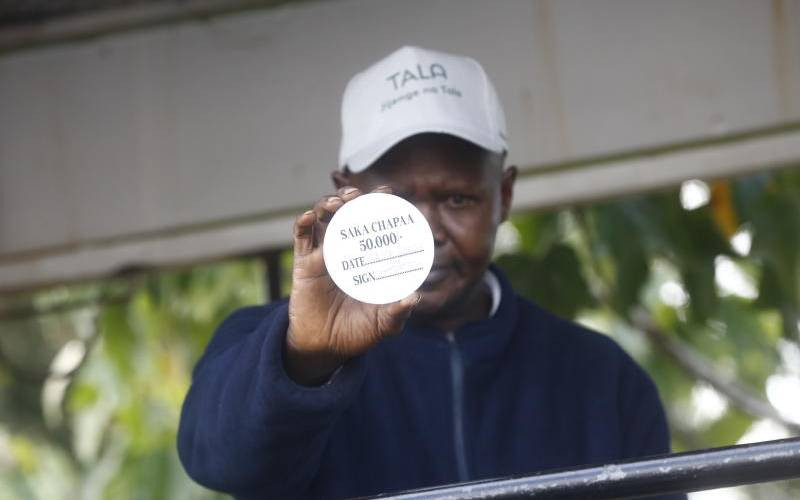
In the Arid and Semi-Arid Lands of Kenya, stories of girls forced to drop out of school and focus on searching for water are no longer news.
Some of the saddest stories involve child marriage ostensibly to cope with economic hardships linked to climate change.
In such cases, girls are handed to old “rich” men, who promise to keep them safe till they are ripe for marriage. But no one waits for them to mature.
With deeper research, such can be linked to maternal deaths and unwanted pregnancies, as the girls know little about reproductive health services and rights, nor do they ever return to school.
“Three platforms for girls’ education in climate strategies”, a 2017 research by climate change and education experts Christina Kwauk and Amanda Braga, shows how “natural disasters lower women’s life expectancy more than men’s”, “women and girls make up as much as 90 per cent of those killed in weather-related disasters”, and how “women and girls are increasingly vulnerable to human trafficking or to sexual assault in crowded shelters or camps when they survive”.
Climate disasters occasion migration. Such has been the case in this week’s Central Nigeria floods where over 1 million people in 400 villages have been displaced, according to media reports.
Such flood victims move to safer grounds and in search of jobs. Among them are girls who drop out of school to provide unskilled labour.
Such is evidence of the nexus between climate change and gender inequality in Africa. Yet few girls are involved in local and global climate talks, like the soon-to-be COP29. Besides, UN Women says only 15 per cent of national climate plans globally mention gender, “and even fewer have specific provisions for girls”.
In a continent where climate disasters have worsened existing inequalities, girls’ stories must not be told by others.
Since an educated girl can be instrumental in building a more resilient future, we must empower them through education and equal adequate participation in climate action. Women and girls are part of the solution.
They interact with the environment through food production – from tilling farms to selling produce in markets.
They also do this through water collection, and energy sourcing, including wood and other fuel. Well-educated girls can be ambassadors of climate action in their surroundings, and improve communities’ livelihoods.
As many girls as possible must be retained in school, aided to achieve the highest, and encouraged to be part of the solution to society’s problems. Even if it means having mobile schools.
African governments must ensure climate policies and strategies prioritise girls’ education, health, and security, and include scholarships for girls in climate-impacted areas, investments in their vocational training in green technologies, or platforms where they can participate in decision-making on such matters.
Governments and NGOs should work together to achieve the inclusion of climate education into school curricula, to strengthen children’s capacity for sustainable farming practices, renewable energy, and water conservation techniques.
We must invest in girls’ education, well-being, and ability to lead to give them a better life, in effect improving entire communities’ resilience. Girls must not remain victims of climate change but be agents of change.
Let African nations invest in the education of our daughters, just as they do our sons, to create as many future scientists, policymakers, activists, and community leaders to carry forward the solutions our continent needs.
Educated girls are better placed to manage resources sustainably, champion environmental protection, and contribute to the economic growth of their communities, all key in the search for climate justice.
The writer advocates for climate justice. [email protected]
 The Standard Group Plc is a multi-media organization with investments in media
platforms spanning newspaper print operations, television, radio broadcasting,
digital and online services. The Standard Group is recognized as a leading
multi-media house in Kenya with a key influence in matters of national and
international interest.
The Standard Group Plc is a multi-media organization with investments in media
platforms spanning newspaper print operations, television, radio broadcasting,
digital and online services. The Standard Group is recognized as a leading
multi-media house in Kenya with a key influence in matters of national and
international interest.
 The Standard Group Plc is a multi-media organization with investments in media
platforms spanning newspaper print operations, television, radio broadcasting,
digital and online services. The Standard Group is recognized as a leading
multi-media house in Kenya with a key influence in matters of national and
international interest.
The Standard Group Plc is a multi-media organization with investments in media
platforms spanning newspaper print operations, television, radio broadcasting,
digital and online services. The Standard Group is recognized as a leading
multi-media house in Kenya with a key influence in matters of national and
international interest.










